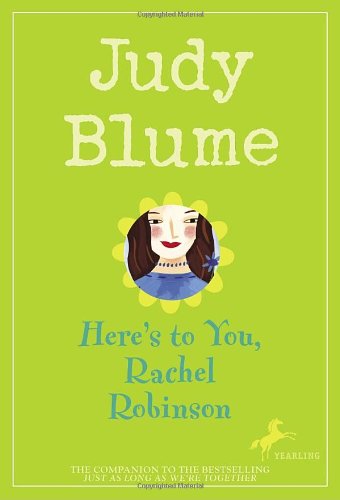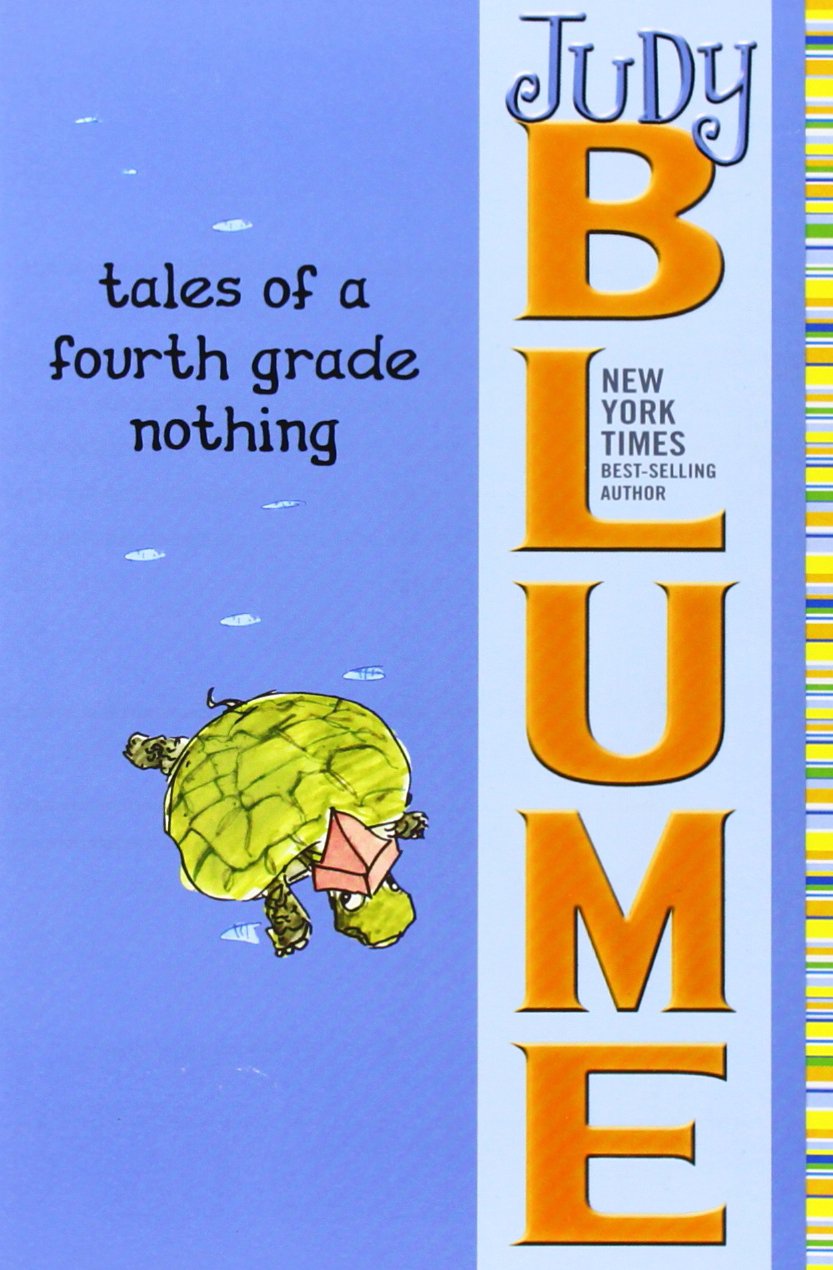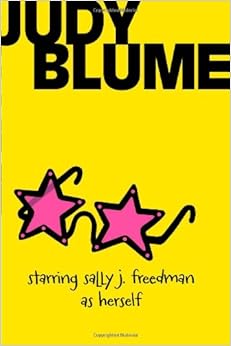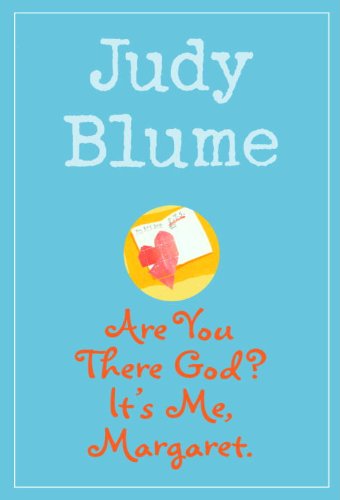Judy Blume: A Stroll Down Memory Lane
Madeline Poage ’17 / Emertainment Monthly Staff Writer
Beloved author Judy Blume has been writing about the child and teenage experience since 1969. From internal struggles to external conflicts, each of Blume’s works contains a radiant and inspiring spirit that is intoxicating in its ability to fully capture the voice, the emotion, the roller-coaster-ups-and-downs of growing up. From racism (Iggie’s House), bullying (Blubber), divorce (It’s Not the End of the World), and sex (Forever), Blume’s books span a vast range of topics that diverge from many other pre-teen and teen novels in their unflinching, unwavering honesty. So in honor of Blume’s latest addition to her critically-acclaimed bookshelf, In the Unlikely Event (a novel about a plane crash in Elizabeth, NJ that Blume witnessed as a child), here’s a return to some of her greatest hits.
1. Here’s To You, Rachel Robinson

When Rachel’s troublesome older brother Charles is expelled from his boarding school and returns home, the Robinson family, already a powder keg of tension and neuroses, descends into turmoil. Lines are drawn, defensive walls are raised, and many personal boundaries are crossed. In the middle of it all is Rachel, an anxious perfectionist who often just wishes her brother would go away again, forced to deal with his exasperating behavior and infuriatingly-difficult-to-pin-down personality while juggling school, friends, parents, crushes, and her own unrealistic expectations for herself. The Robinson family demonstrates a classic story of dysfunction, reinvigorated with a fascinatingly fresh take on what it means to be “the good child.”
2. Tales of a Fourth Grade Nothing

Peter is a young boy with one big problem—his little brother, Fudge. Fudge is messy, loud, pesky, and uncontrollable in his ability to do the one thing that would, at any given moment, ruin his big brother’s life. One of Blume’s most well-known duos, Peter and Fudge are constantly pitted against each other, Peter as the aggravated older brother determined to detach himself from an obnoxious little brother, Fudge as the chaotic innocent who, in truth, just wants to be a part of Peter’s life. The book, written almost as a series of loosely connected episodes of Fudge misbehaving, explores sibling rivalry, favoritism, and the power of perception, all in the context of a two-year-old terror who manages to destroy everything he touches.
3. Starring Sally J. Freedman As Herself

Set almost immediately after the end of World War II, Sally J. Freedman is a young Jewish girl with Holocaust victim relatives and what her mother might call an overactive imagination. Following her brother falling ill, Sally and her family move from New Jersey to Florida, unaccompanied by Sally’s loving father, who will be turning the dreaded forty-two years old while they are away. Amidst new friends, a north-to-south culture shock, the origins of a crush, and one absent father, Sally imagines Hollywood-esque scenarios and stories in her head, including tales centered around one Mr. Zavodsky. Could Mr. Zavodsky be Adolf Hitler himself, hiding out in Miami after the war? Sally certainly thinks so. Racism, anti-semitism, and the paralyzing fear of death all come to the fore while masked by the charmingly childish and immature narration from one little Jewish girl trying to make sense of a world where all uncles die at age forty-two and six million people are murdered for being just like her.
4. Are You There, God? It’s Me, Margaret and Then Again, Maybe I Won’t

These two are, in many ways, two sides of the same coin. Margaret is a young woman on the cusp of puberty, struggling with her interfaith heritage and how this has divided her family on the nature of her own identity. During this time, her body begins going through intense, foreign changes, such as menstruation. Meanwhile, in Then Again, Maybe I Won’t, protagonist Tony, roughly the same age as Margaret, is just beginning to feel romantic and sexual affection for girls he encounters, and is struggling with his own identity in relation to his family as well. Instead of religion, Tony’s family is consumed by class. While Margaret contends with problems of femininity, Tony is preoccupied by the expectations of masculinity. Both are powerful narratives that follow young characters into the very heart of the same questions many young teens find themselves asking.
5. Tiger Eyes
A leap from the vintage past to the incredibly well-realized present, Tiger Eyes is a heart-breaking and terrifying story of emotional recovery, both for teenage Davey and for her family following the violent death of her father. The family, in an attempt to heal, relocates from Atlantic City to Los Alamos, New Mexico. Davey struggles to find her footing in a world that is unwilling to slow down, give her time to mend, and come to terms with what has happened. A poignant look at loss, depression, and grief, Tiger Eyes is quietly electric in its examination of one girl’s journey and remains one of Blume’s finest works to date.